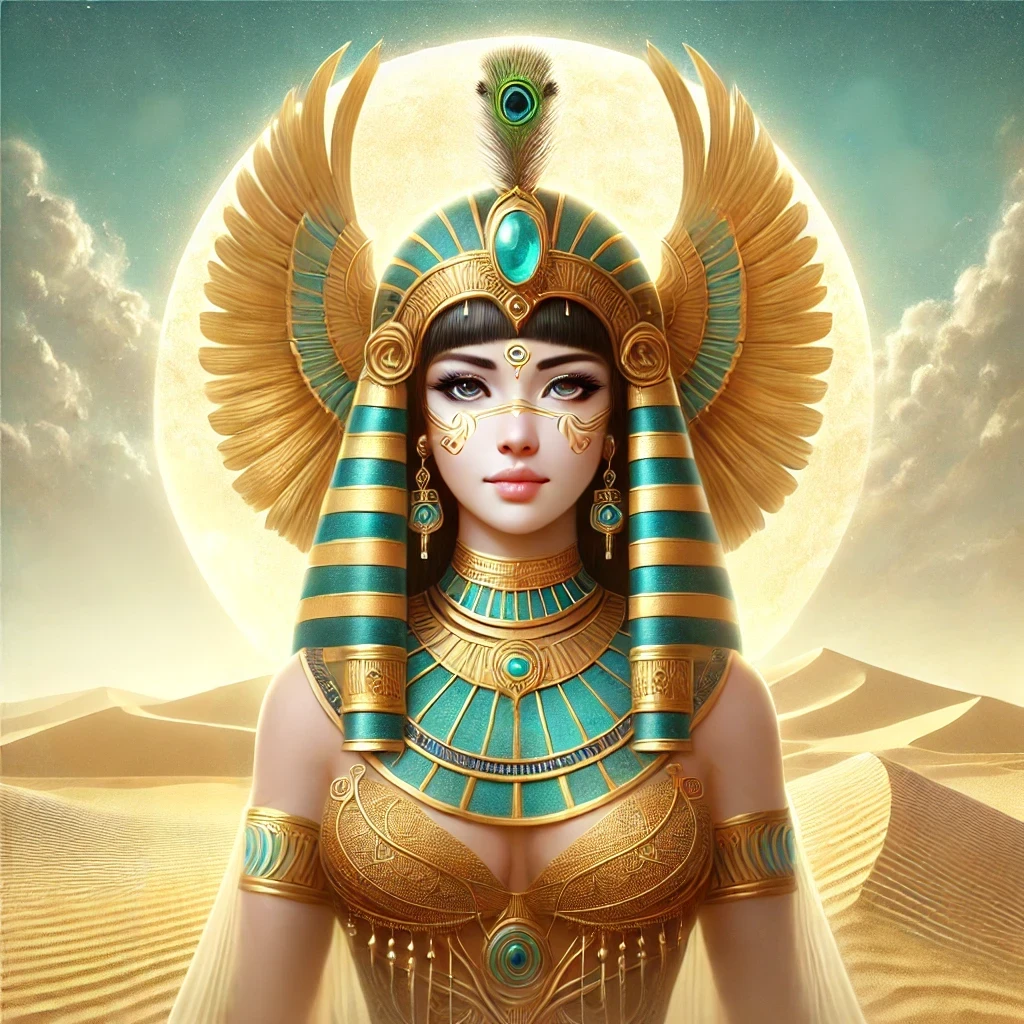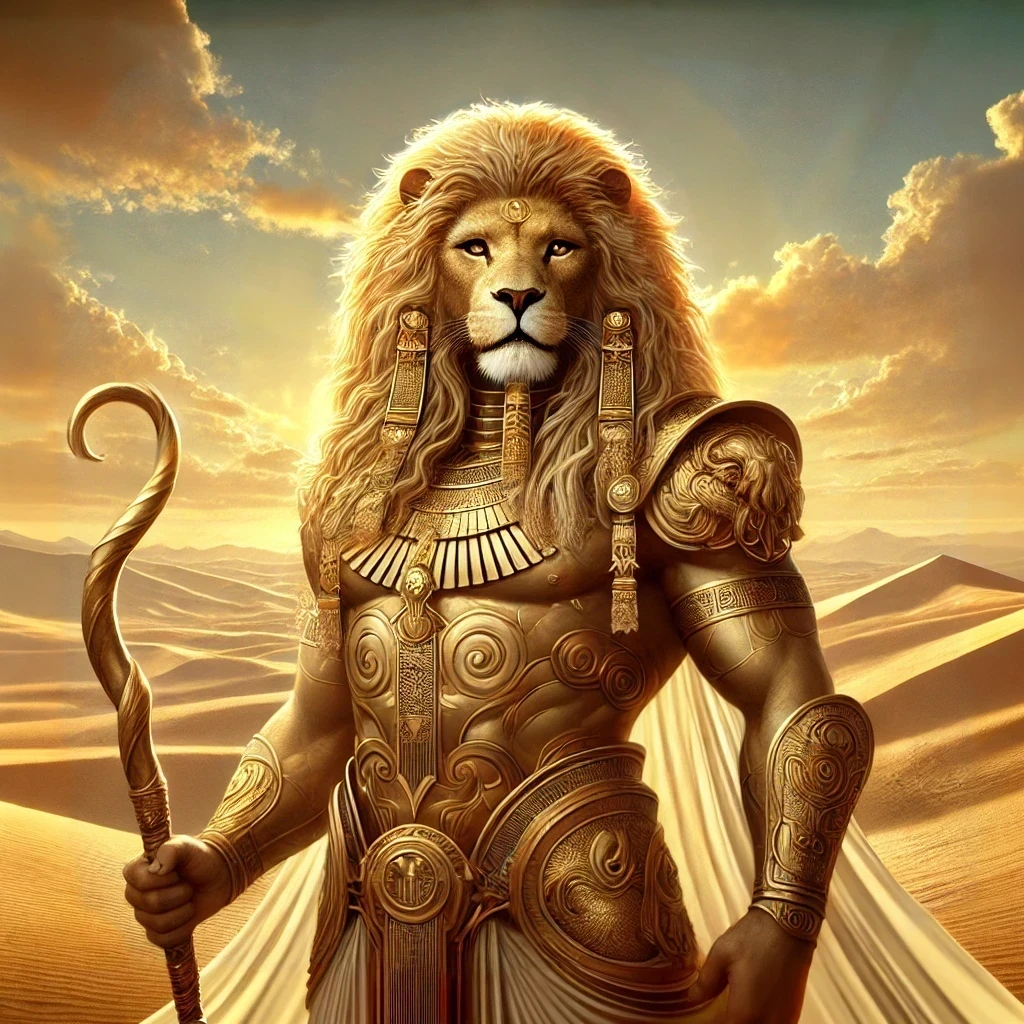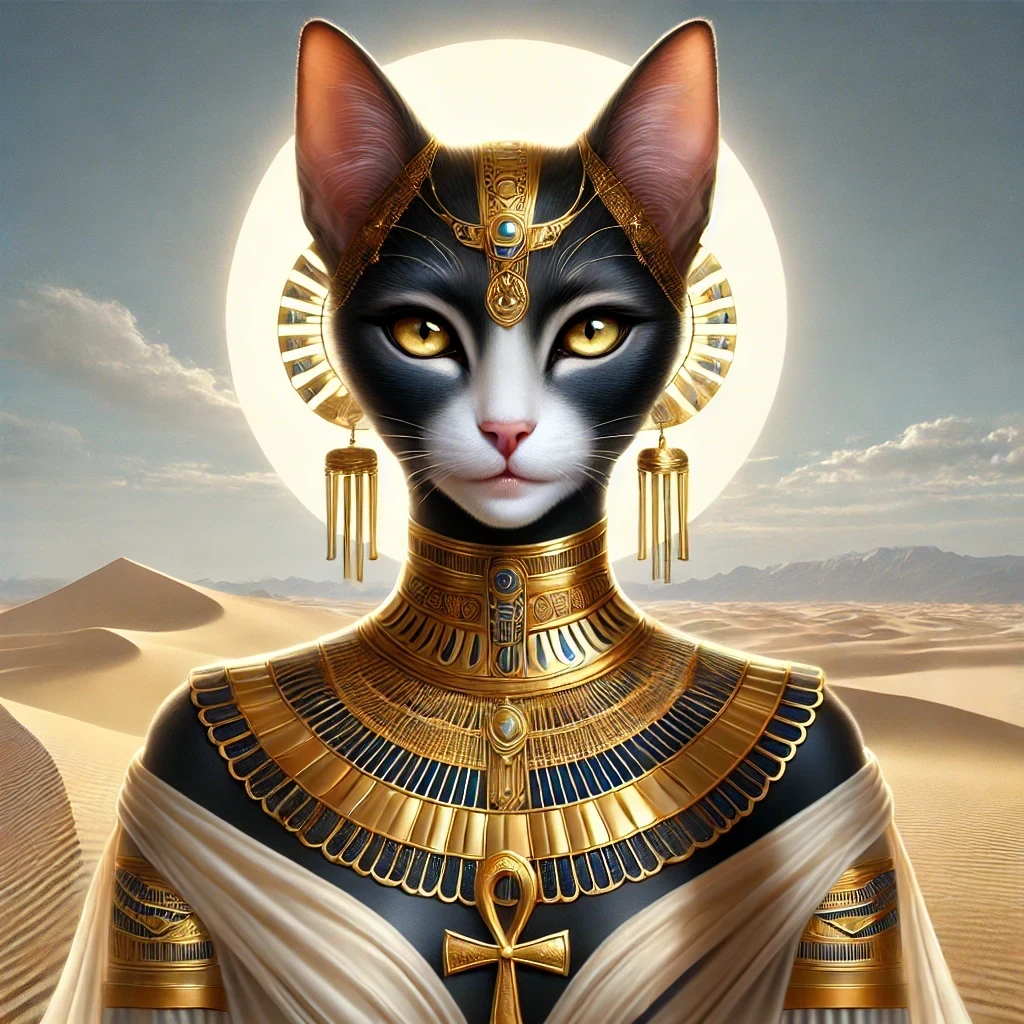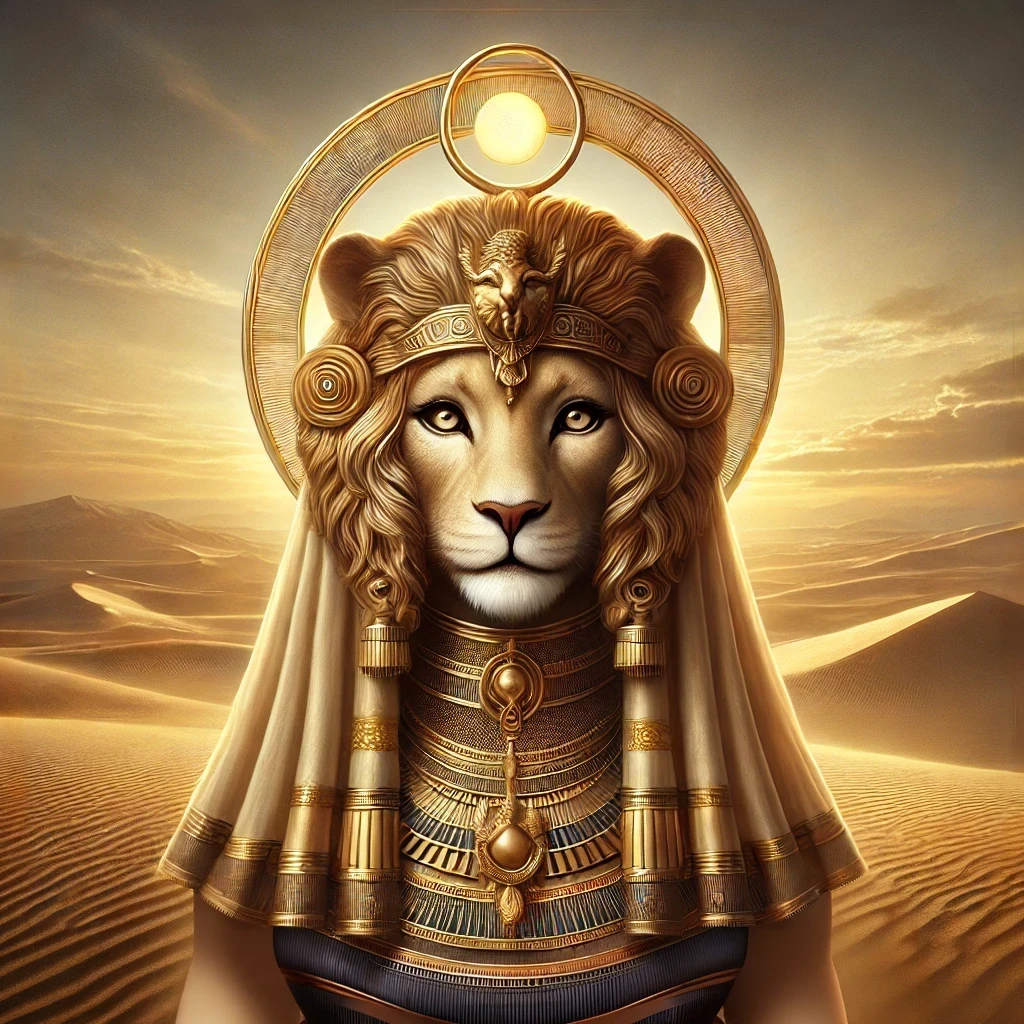Maat, also known as Ma’at, is an ancient Egyptian deity embodying truth, balance, and cosmic order. Referred to as the “Feather of Truth” and the “Goddess of Harmony,” this revered figure was central to Egyptian spirituality and governance. Her name, transliterated as Ma’at, signifies “that which is straight,” symbolizing justice and righteousness. She is often depicted as a woman adorned with an ostrich feather, which serves as her primary emblem.
Origins
Historical Roots
Maat’s origins trace back to the Old Kingdom (circa 2686–2181 BCE), when she emerged as the personification of the principles underpinning Egyptian society. Integral to the concept of maat (the idea of universal order), this deity played a pivotal role in uniting the natural and divine realms. Pharaohs were considered the earthly guarantors of her principles, tasked with upholding justice and ensuring the cosmic balance mandated by the gods.
Connection to Creation
In Egyptian cosmogony, her presence was fundamental to creation itself. According to myths, she was brought into being by Ra, the sun god, during the formation of the universe. Her principles were said to have prevented chaos from enveloping the nascent world, ensuring its stability and harmony.
Appearance
Visual Depictions
Maat is typically depicted as a serene woman seated or standing upright. Her signature feature is the ostrich feather, often perched atop her head, symbolizing truth and lightness. In certain depictions, she holds a scepter in one hand and an ankh in the other, representing authority and eternal life, respectively.
Representations in Temples
Her likeness graces the walls of temples and tombs, frequently shown in judgment scenes where her feather plays a pivotal role in weighing the souls of the deceased. Unlike more anthropomorphic gods, her imagery emphasizes symbolism over elaborate ornamentation, reflecting her conceptual nature.
Abilities
Guardian of Order
Maat’s primary ability lies in her role as the guardian of maat, the universal order. She ensured that societal laws mirrored divine decrees, maintaining the equilibrium between chaos (isfet) and harmony (maat).
Judge of the Dead
In the afterlife, her feather was used in the “Weighing of the Heart” ceremony. This ritual determined a soul’s worthiness to enter the Field of Reeds, an eternal paradise. A heart heavier than her feather condemned the deceased to oblivion, emphasizing her association with justice.
Cosmic Influence
Her influence extended to natural phenomena, ensuring the cyclical rising of the Nile, the turning of seasons, and the stability of celestial bodies. The ancient Egyptians believed that without her presence, chaos would engulf the cosmos.
Myths
The Weighing of the Heart
The most renowned myth involving her is the “Weighing of the Heart” from the Book of the Dead. In this tale, the hearts of the deceased were weighed against her feather. Thoth recorded the proceedings, while Anubis, the jackal-headed god, operated the scales. If the scales balanced, the soul earned eternal bliss. If not, it was devoured by the fearsome Ammit.
Maat and Ra
According to one myth, she accompanied Ra on his solar barque during his daily journey across the sky. She ensured his victory against the serpent Apophis, symbolizing chaos. Her presence underscored the interplay between light, order, and the divine.
Symbolism
Feather of Truth
The ostrich feather atop her head is Maat’s defining symbol. Light and delicate, it epitomizes the fragility and precision required to maintain balance.
Hieroglyphic Associations
Her name’s hieroglyph, a plinth-like structure, signifies stability and steadfastness. This imagery reinforced her centrality to the Egyptian worldview.
Associated With
- Objects: The scales of justice often accompany depictions of her, representing fairness.
- Animals: While no specific animal is directly linked to her, creatures associated with balance, such as the ibis (linked to Thoth), reinforce her themes.
- Plants: Papyrus, symbolizing order and communication, is sometimes connected to her rituals.
- Minerals: Gold, associated with divinity and purity, reflects her incorruptible nature.
Relationships
Parentage
She is widely regarded as the daughter of Ra, the sun god. Her connection to him emphasizes her role in maintaining order within the universe he created.
Siblings and Divine Allies
Although not traditionally associated with siblings, she frequently collaborates with Thoth, the god of wisdom and writing. Together, they represent the intertwined principles of justice and knowledge.
Role in the Pantheon
As the arbiter of cosmic law, her influence permeates every aspect of Egyptian religion. Her principles guided the actions of deities, kings, and mortals alike, solidifying her as a cornerstone of their theology.
Trivia
- Judicial Inspiration: Ancient Egyptian courts operated under the doctrine of maat, requiring all litigants to swear an oath in her name.
- Cosmic Renewal: Daily rituals performed by priests included offerings to her, symbolizing their commitment to sustaining order.
- Dual Representation: Some depictions show her as a pair of twin goddesses, reinforcing the duality of harmony and balance.
- Global Influence: The concept of Maat has parallels in other ancient cultures, such as the Greek idea of Dike (justice).
- Timeless Legacy: Even today, the principles embodied by Maat—truth, justice, and balance—inspire philosophical and ethical discussions.



